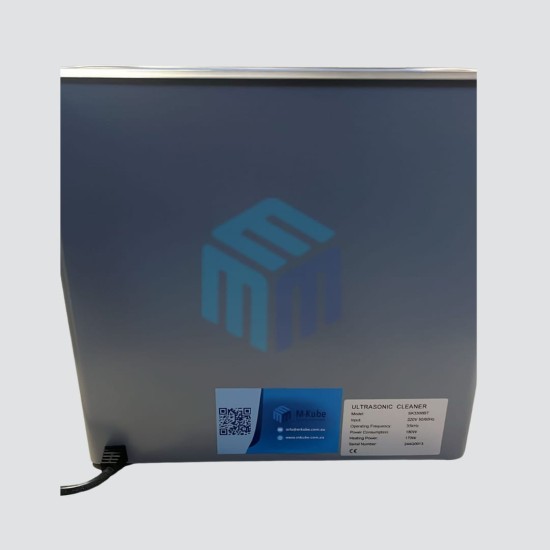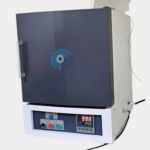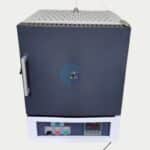Whether you’re using an ultrasonic cleaner in a laboratory, dental clinic, workshop, or jewellery store, ensuring it operates at peak performance is essential. In Australia, where precision and efficiency are highly valued across industries, routine checks on your ultrasonic cleaner can save time, improve cleaning outcomes, and extend equipment life. In this guide, we’ll share practical tips for checking the performance of your ultrasonic cleaner so you can maintain the highest standards in your work environment.
- Foil Test:
- Method: Submerge a piece of aluminum foil into the tank with the cleaning solution and run the ultrasonic cleaner for a few minutes.
- Observation: The foil should develop an even pattern of tiny holes or indentations. Uneven patterns or large areas without holes may indicate issues with the transducers or the distribution of ultrasonic energy.
- Glass Slide Test:
- Method: Apply a thin layer of pencil lead or a similar substance on a glass slide and submerge it in the tank.
- Observation: After running the cleaner, the lead should be evenly removed. Incomplete or uneven removal may indicate performance issues.
- Cavitation Meter:
- Method: Use a cavitation meter designed to measure ultrasonic activity within the tank.
- Observation: The meter will provide a quantitative reading of the ultrasonic energy, allowing you to compare it against the manufacturer’s specifications.
- Degassing Check:
- Method: Observe the degassing process when you first fill the tank with a new cleaning solution.
- Observation: You should see bubbles rising to the surface, indicating that the cleaner is effectively removing dissolved gases. If there are few or no bubbles, cavitation might be insufficient.
- Temperature Consistency:
- Method: If your cleaner has a heating function, check the temperature consistency with a thermometer.
- Observation: Ensure the temperature matches the set value and remains stable throughout the cleaning cycle.
- Bubble Observation:
- Method: Simply observe the tank while the cleaner is running.
- Observation: You should see a consistent stream of small bubbles throughout the tank. Large bubbles or uneven distribution might indicate a problem.
- Cleaning Efficacy Test:
- Method: Test the cleaner with known contaminated items (e.g., greasy or dirty tools).
- Observation: After cleaning, the items should be free of contaminants. If they are not thoroughly cleaned, the ultrasonic cleaner might not be performing optimally.
- Transducer Function Test:
- Method: Use an ultrasonic transducer tester if available.
- Observation: This will provide detailed information about the performance and condition of each transducer, helping identify any faulty ones.
- Sound Test:
- Method: Listen to the sound of the ultrasonic cleaner while it is operating.
- Observation: A consistent buzzing or humming sound is normal. Any unusual noises, such as clicking or rattling, could indicate mechanical issues.
- Regular Maintenance:
- Method: Perform routine maintenance as per the manufacturer’s guidelines.
- Observation: Ensure that all components are in good condition, and replace any parts showing wear and tear.
By regularly performing these tests and observations, you can ensure your ultrasonic cleaner is operating at its best, providing effective and efficient cleaning for your items
Read also: Types of Ultrasonic Cleaners
Conclusion:
Regularly checking the performance of your ultrasonic cleaner is crucial for maintaining its efficiency, prolonging its lifespan, and ensuring optimal cleaning results. By incorporating simple yet effective tips—such as performing a foil test, monitoring solution temperature and clarity, using proper cleaning agents, and inspecting for wear or irregularities—you can identify issues early and prevent costly downtime. Remember, a well-maintained ultrasonic cleaner doesn’t just improve cleaning quality; it also protects your investment and upholds the standards of your lab or facility. Make performance checks a routine part of your maintenance schedule to keep your ultrasonic cleaner running at its best.






